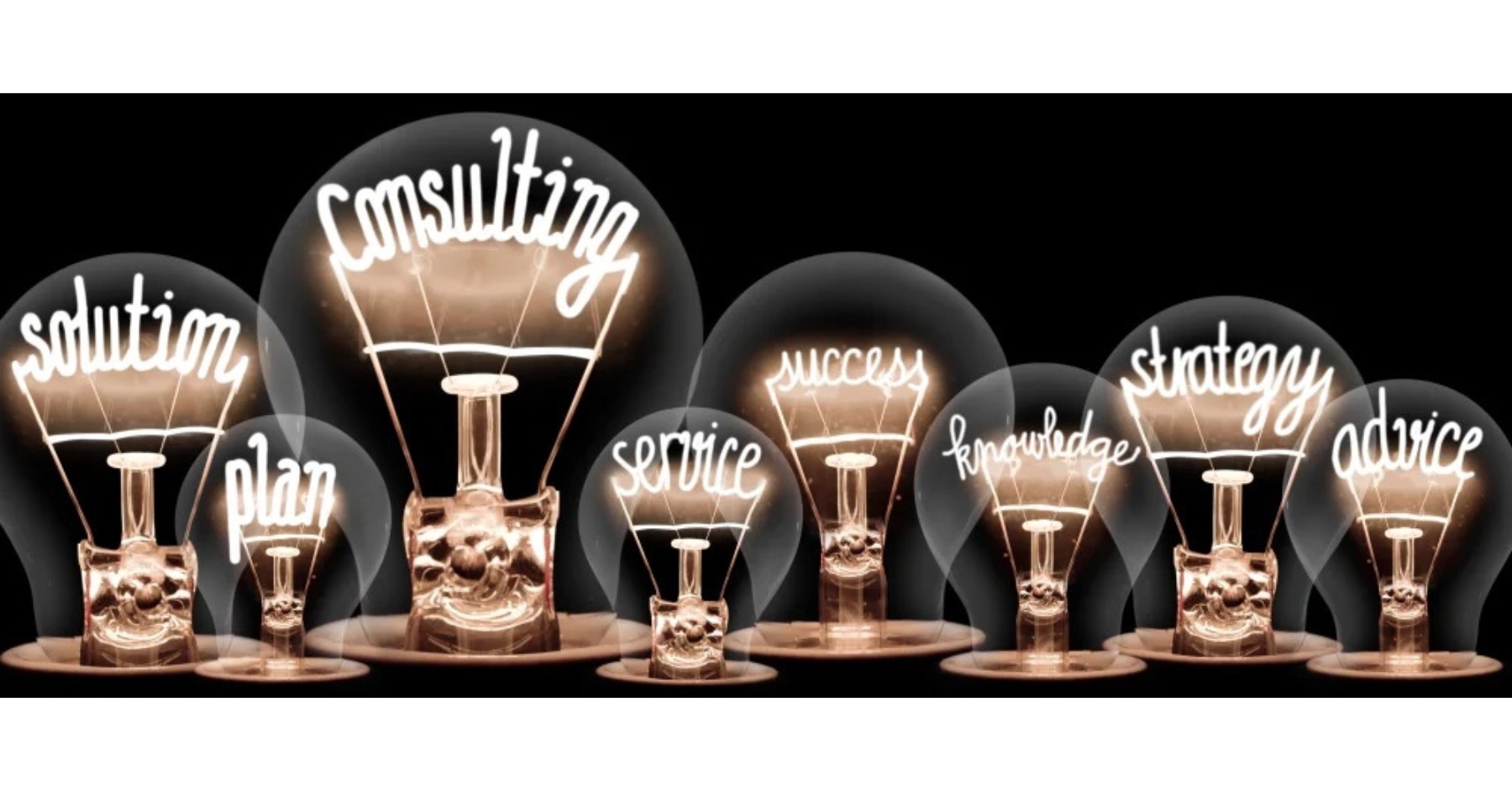Most of the time, clients choose to work with lighting consultants because they want to fly through planning approval and avoid complaints from nearby residents or local governments later down the line.
But all too often, that doesn’t happen. Some consultancies act as ‘desktop designers’— doing what they need to do to satisfy the minimum requirements of the proposed lighting scheme and drag the task into the ‘completed’ file. They might even pass your project on to third parties offering free designs to promote their products. If this happens, you can be left with an unsatisfactory design that leaves authorities asking questions.
Luckily, we’re not like that.
DFL is passionate about doing things right before, during and after the project application stage, no matter what it takes — and we’ve got the credentials to prove it. So, sit back, relax and allow us to show you how a proper lighting consultancy does it from start to finish…
ASSESSING AND ADDRESSING PROJECT REQUIREMENTS
When clients first approach us, it usually looks a little something like this: you tell us your idea, we tell you how we can make it happen and Bob’s your uncle — the wheels are turning.
But we’re all about working with you, not for you, so things are often a little more collaborative (and complex) than that. For example, if your project is anything other than ‘bog standard’, which most lighting installations are, we’ll first offer you a lighting impact assessment.
As the name suggests, this service involves us looking at the installation site before we’ve worked our magic on it — measuring the existing lighting levels and anticipating the impact of new lighting fixtures. We’ll even produce drawings and 3D models to visualise what we’re proposing, check it’s ecologically sensitive and meet the highest quality standards.
These assessments don’t only ensure we make the most of the site opportunities, but, perhaps more importantly, they also make sure you address its limitations. For example, if your project site is situated within an area of outstanding natural beauty (AONB), a lighting impact assessment can help us suggest ways to achieve the optimal brightness and tilt angle — and prevent glare and sky glow from costing you your application approval.
Once that’s out the way — and we’ve agreed on a solution that meets both your and the authorities’ requirements — we can get stuck into your lighting design.
DESIGNING A STELLAR SCHEME
No lighting project is the same. So, you guessed it, how we approach your lighting design depends entirely on what you hope to achieve and in what setting.
Highway heroes
Just doing a bit of maintenance, like upgrading highway lighting to be more eco and wallet-friendly? We’ll provide designs with energy-efficient LEDs, which come at a low upfront cost and last for ages. We might even suggest installing sensors in your streetlights, enabling them to monitor ambient lighting levels and automatically dim when it’s safe to do so — helping you save money and the planet.
Architectural aces
For those needing a stylish exterior lighting design that doesn’t compromise public safety, we’ll whip up a tailor-made design from scratch — no matter how tricky the project may be. In fact, we’ve successfully revamped several complex architectural schemes, like the Mirfield station underpass, where we used configurable multi-coloured bulbs to create a dynamic, eye-catching design.
Environmental experts
When it comes to lighting schemes that must prioritise environmental impact (which is all lighting schemes these days), we’ll pull out all the stops to keep light at a compliant level. That means abiding by relevant regulations, such as the Institution of Lighting Professionals’ ‘Guidance Note 8: Bats and artificial lighting’. This document recommends using warm-toned lights with a colour temperature lower than 2700 K, amongst other things, to keep these endangered species safe.
Got something more modern in mind? We also help councils and authorities bring towns and cities up to date with changing sustainability expectations, providing lighting for smart cities and EV charging points.
Whatever we’re doing, we don’t just hand you the scheme and leave you to it, either…
SHINING THE LIGHT AT THE END OF THE TUNNEL
Sometimes, no matter what you do, things don’t go to plan once the lighting design is complete.
Planning authorities occasionally need a bit of convincing before they can give you the green light, and you might need an expert witness to defend your lighting design during the appeal. But don’t fret. If this happens, one of our experts can step in and present the technical information that’s sometimes needed to sway a stubborn judge.
And that’s not all.
A lighting installation isn’t finished once the last column is in place. The first few weeks after a new scheme becomes operational are crucial in determining its overall success; this is when you’ll find out whether everything is operating as intended and if nearby residents are happy with the new lighting design.
So, once the lights are live, we follow up with all our clients to determine if our work fits the bill. We might even visit the site after dark to double-check that all is ‘A-OK’.
That way, we can guarantee you’ll get top-notch lighting consultancy from start to finish — giving you peace of mind and a quality result. You have our word!
DFL is one of the UK’s largest lighting consultancies offering lighting impact assessments and highway, architectural and environmental lighting services. To learn how we can support your next lighting project, email info@dfl-uk.com or call +44 (0)1962 855080.























